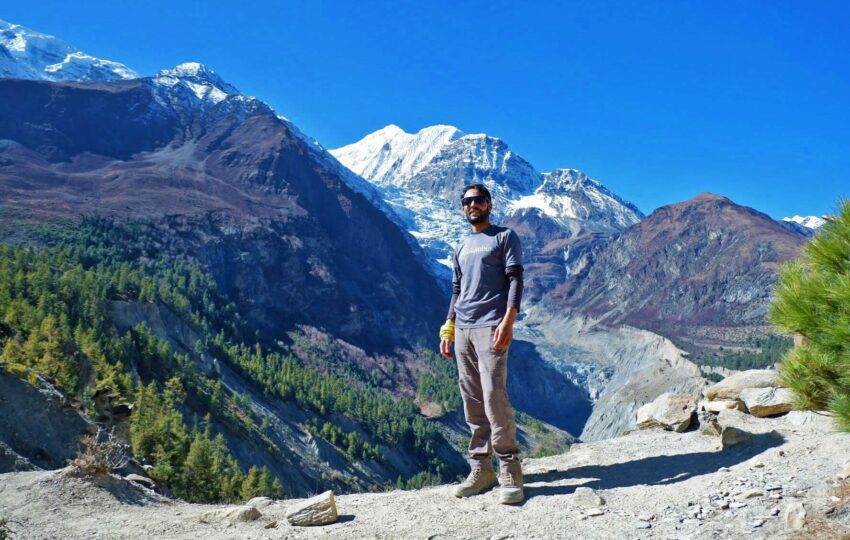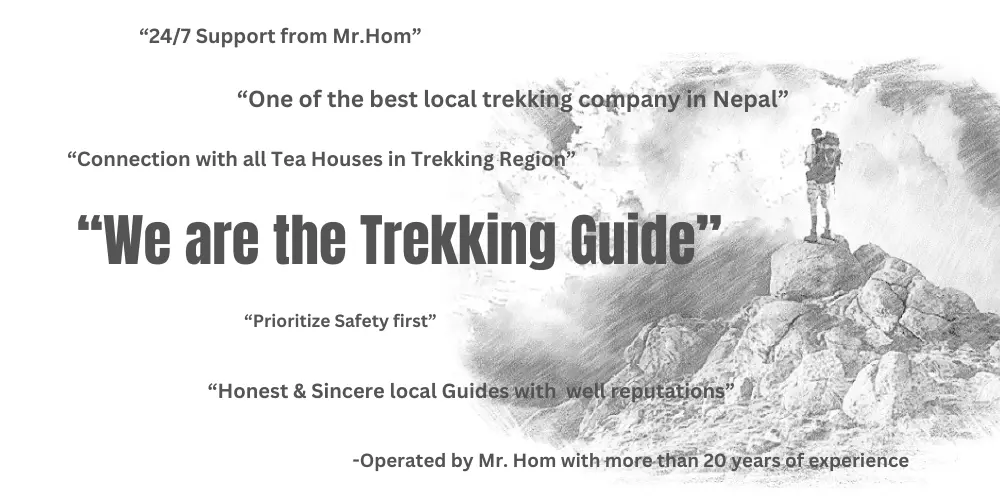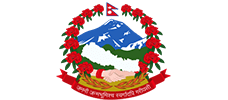The Annapurna Panorama Trek is one of the most popular off-beaten trekking journeys in Western Nepal. This trek offers you great views of the Annapurna ranges, along with many other glorious Himalayas. You also get to visit the traditional Gurung and Magar villages during the trek and observe their unique lifestyle and culture. Also, you visit the heritage sites in the Kathmandu valley. The trails in this trek are smooth and less strenuous, so this trek is favorable for most age groups.
Firstly, you’ll be picked up at the airport and will be transferred to the hotel. Next day, you will visit the heritage sites in Kathmandu, like the Pashupatinath, the Swayambhunath, the Boudhanath, and Durbar Square. Your actual journey begins with a scenic drive to Pokhara.
From Pokhara, you will drive to Phedi and then start your trek to Pothana, which leads you to Ghandruk. You will get magnificent views of Annapurna, Hiunchuli, and Machhapuchhre Peaks. In Ghandruk, you will get to meet the local Gurung people and try their cuisine. Next, you will head to Tadapani through rhododendron and pine forests with nice views of the Himalayas.
Further, you will head to Ghorepani via Deurali, with gradual ups and downs. Most of the whole trek goes through rhododendron, pine, and oak forests. The Himalayas will also provide you with some company to make the trek more amazing. The next day, early morning, you’ll hike to Poon Hill to view stunning sunrise and have glimpses of the amazing snowcapped mountains. The Dhaulagiri Ranges, the Tukuche Peak, Machhapuchhre, Nilgiri, Annapurna Ranges, Lamjung Himal, and many other Himalayas are seen from the top of Poon Hill.
Afterward, you descend to Ghorepani, have breakfast, and head to Tatopani to enjoy the hot spring after days of the trek. Then, you head to Galeshwor from where you’ll drive to Pokhara the next day. Lastly, from Pokhara, you’ll drive back to Kathmandu where the journey ends. March-June and September-December is the best time for the trek as the views are clear and the climate is favorable too.
Our company Nepal Peak Adventure give you nice transportation and accommodation facilities. We also provide you with experienced and licensed guides along with porters. We offer you many other packages inside the country so you can have a nice experience of treks in Nepal.
Outline Itinerary
Day 01: Arrival in Kathmandu (1,300m/4,264 ft)
Day 02: Kathmandu Sightseeing
Day 03: Drive from Kathmandu to Pokhara, 7-8 hrs drive
Day 04: Drive from Pokhara to Phedi and Trek to Pothana (1990), 4hrs walk
Day 05: Trek to Ghandruk (1940m), 6-7 hrs walk
Day 06: Trek to Tadapani (2630m), 4 hrs walk
Day 07: Trek to Ghorepani (2880m), 5-6 hrs walk
Day 08: Trek to Tatopani (1140m) via Poon Hill (3,210m/10,531ft), 6-7 hrs walk
Day 09: Trek to Galeshwor (1170m), 6-7 hrs walk
Day 10: Drive to Pokhara, 4-5 hrs drive
Day 11: Drive to Kathmandu, 7-8 hrs drive
Day 12: Departure
Cost Includes
- Airport pick up and drop service in a private vehicle
- Welcome dinner and farewell dinner.
- Twin-sharing accommodation in Kathmandu (3 nights) and Pokhara (2 nights) at tourist standard hotel along with breakfast
- Accommodation during the trekking in a teahouse/Lodge
- All three meals on the trek (breakfast, lunch, dinner), fruits after dinner and tea/coffee (3 times a day)
- Tourist coach drive to and from Pokhara (air ticket or private vehicle can be arranged on the client’s behalf upon request)
- Government certified English speaking trekking guide
- The entire cost of the staff members involved in the trek (their salary, insurance, equipment, food, and accommodation)
- Porters (one porter for every two trekkers) and his entire expenses (salary, food, accommodation equipment, and insurance)
- Charges of all necessary documentation and permits that include a permit for Annapurna Conservation Area perm, Trekkers Information Management Systems (TIMS) Card
- Down jackets and sleeping bags (upon request), should be returned to the company after completion of the trek.
- Company’s duffel bag, and a company’s t-shirt as a souvenir.
- Trekking route map
- First Aid Kit (carried by a trek guide)
- The arrangement of helicopter rescue service (trekker’s travel insurance must cover this expense)
- All applicable federal and local taxes.
Cost Excludes
- Nepal visa and International flights fare.
- Dinner and Lunch in Kathmandu and Pokhara besides welcome and farewell dinner.
- Expenses for your clothing and personal gears
- Your personal equipment and other expenses such as mineral water, soft beverages, laundry, hot drinking water on the trek, bar bills, showers, internet, battery chargers etc.
- Your travel insurance that covers helicopter evacuation as well as medical expenses and trip cancellation
- Tipping to the guide, porter, and drivers
- Any other expenses not itemized in the "What is Included in the Trip cost? " are your personal expenses.










